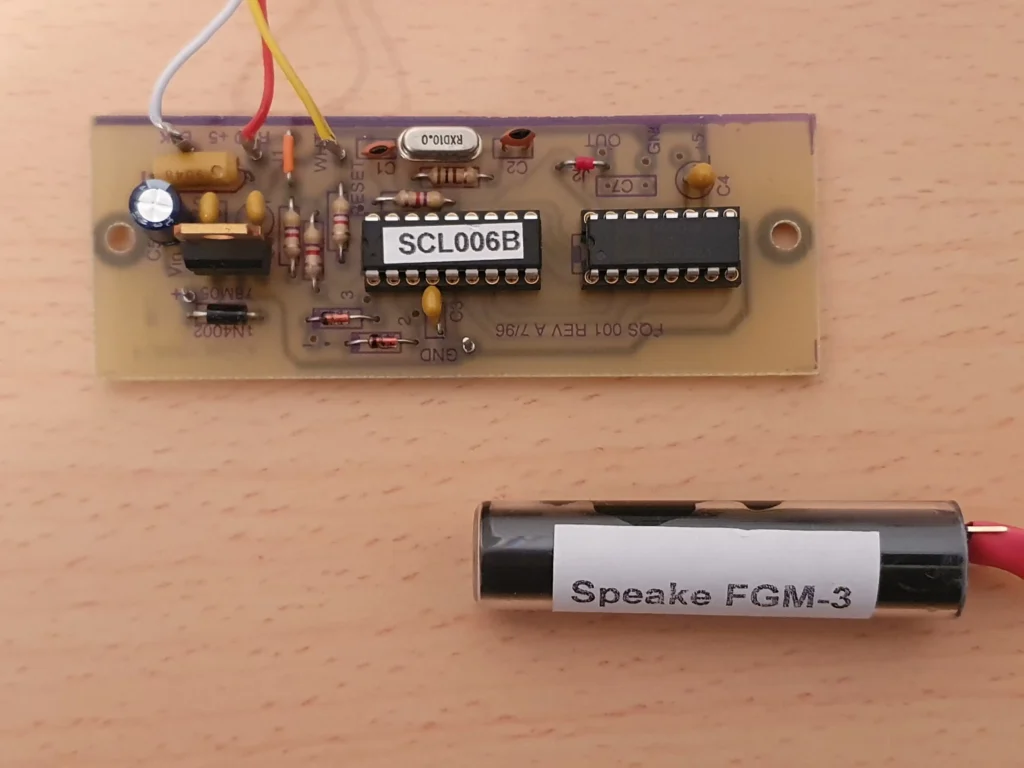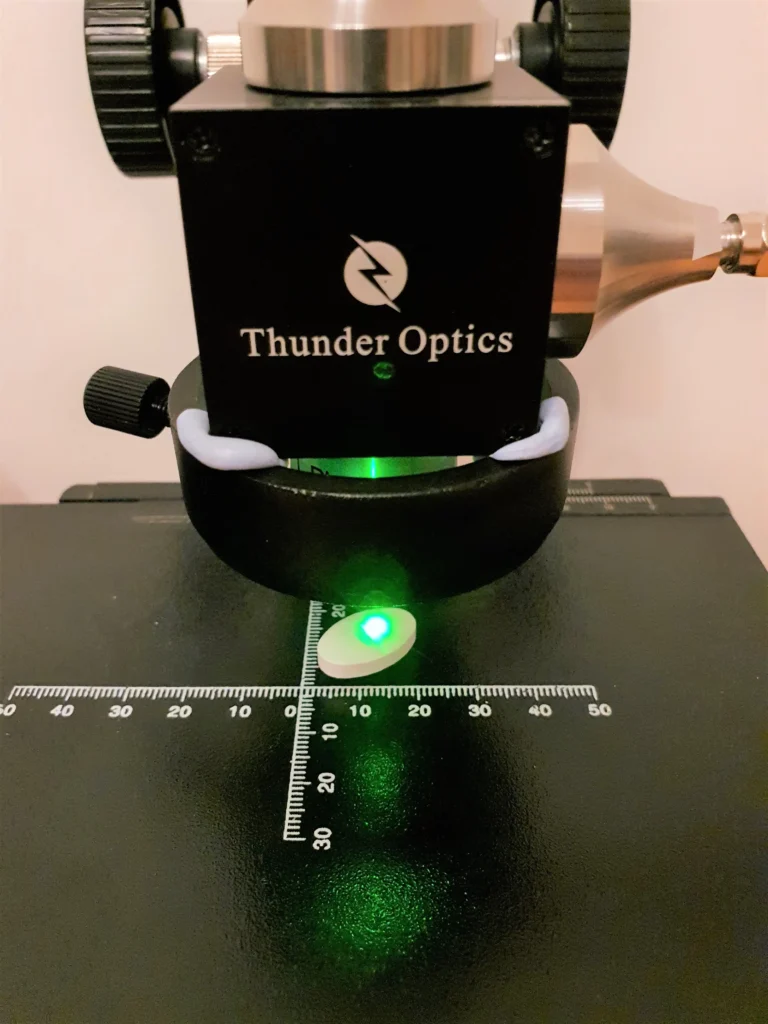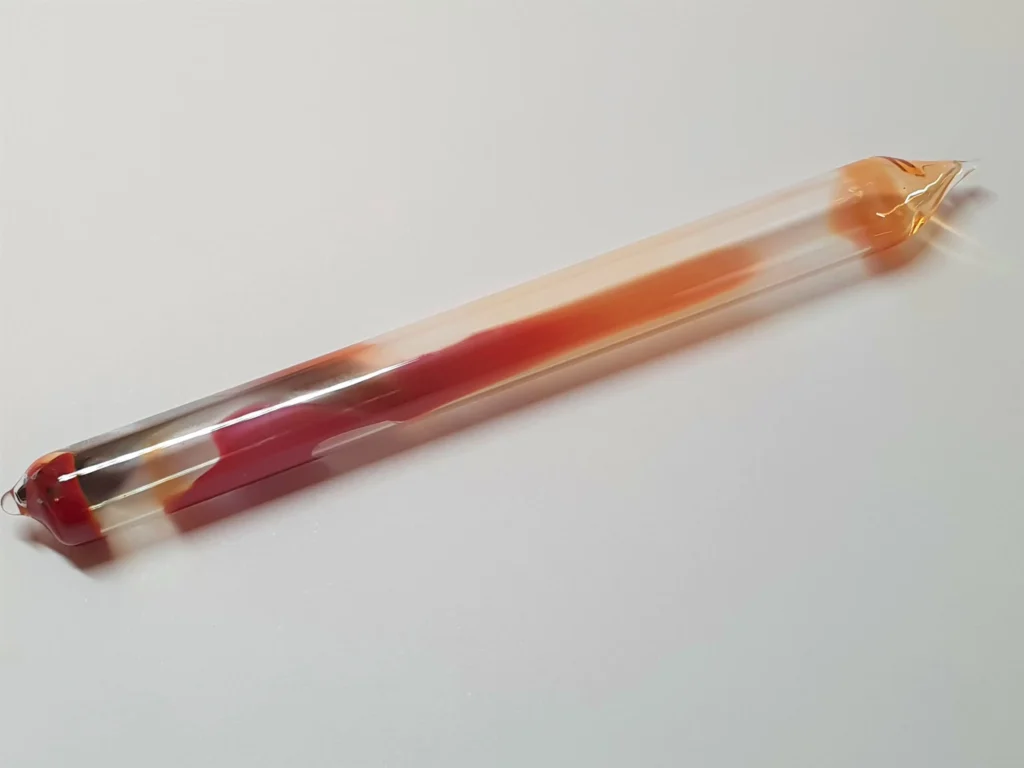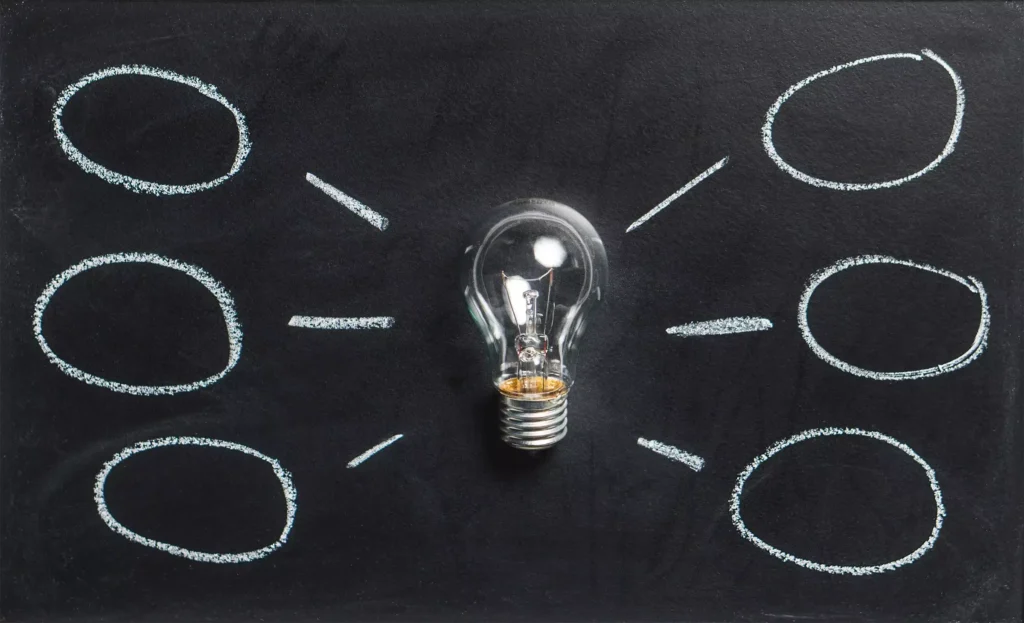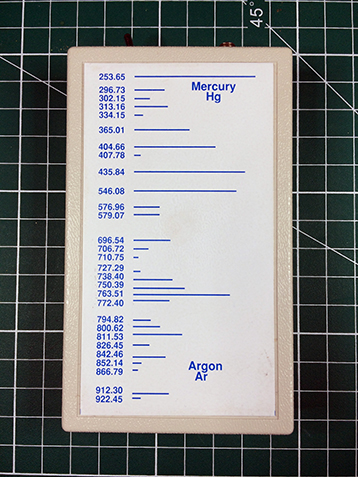The Infrared Spectrometer – Part 3
9 Minute ReadIntroduction In Part 2 of this article on the development of the infrared spectrometer, I covered the basic details of the Fourier transform version of the instrument – the FTIR. In this final instalment, we look at some accessories that can be used with a modern day FT spectrometer, in order to handle a variety […]
The Infrared Spectrometer – Part 3 Read More »





















